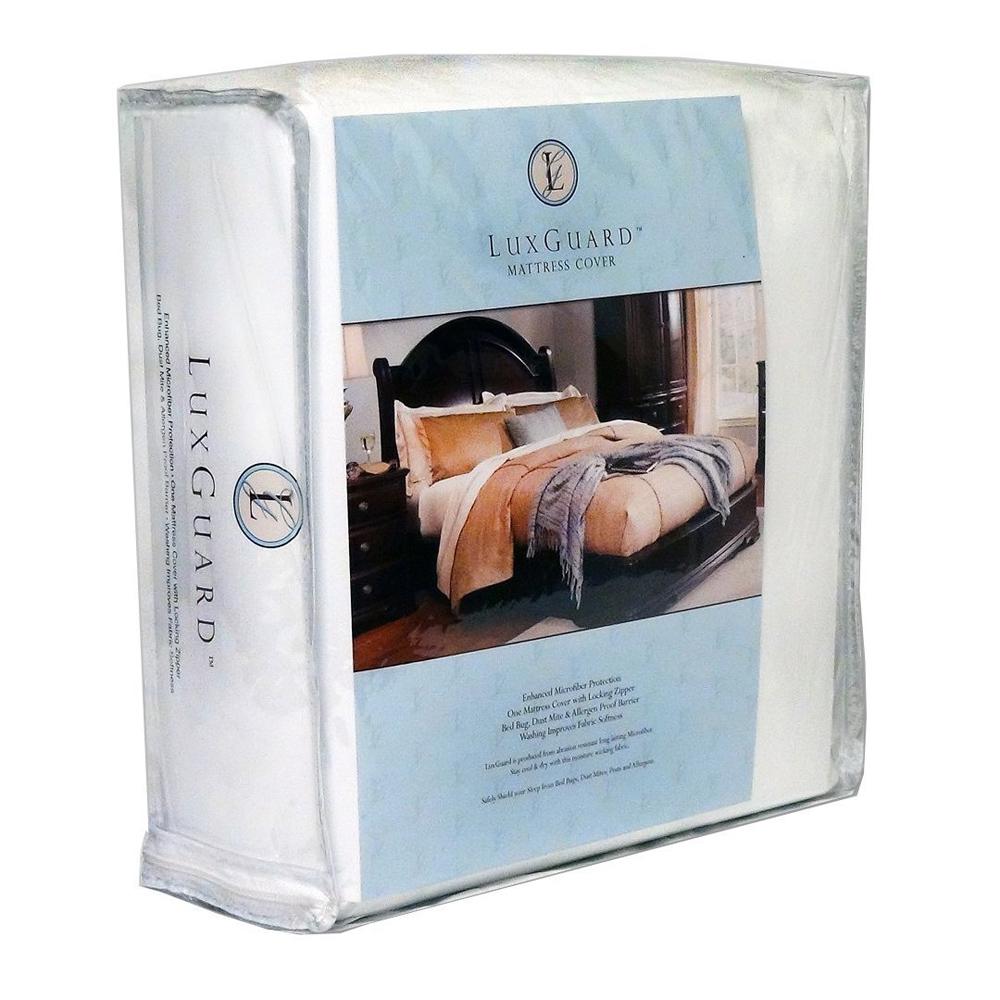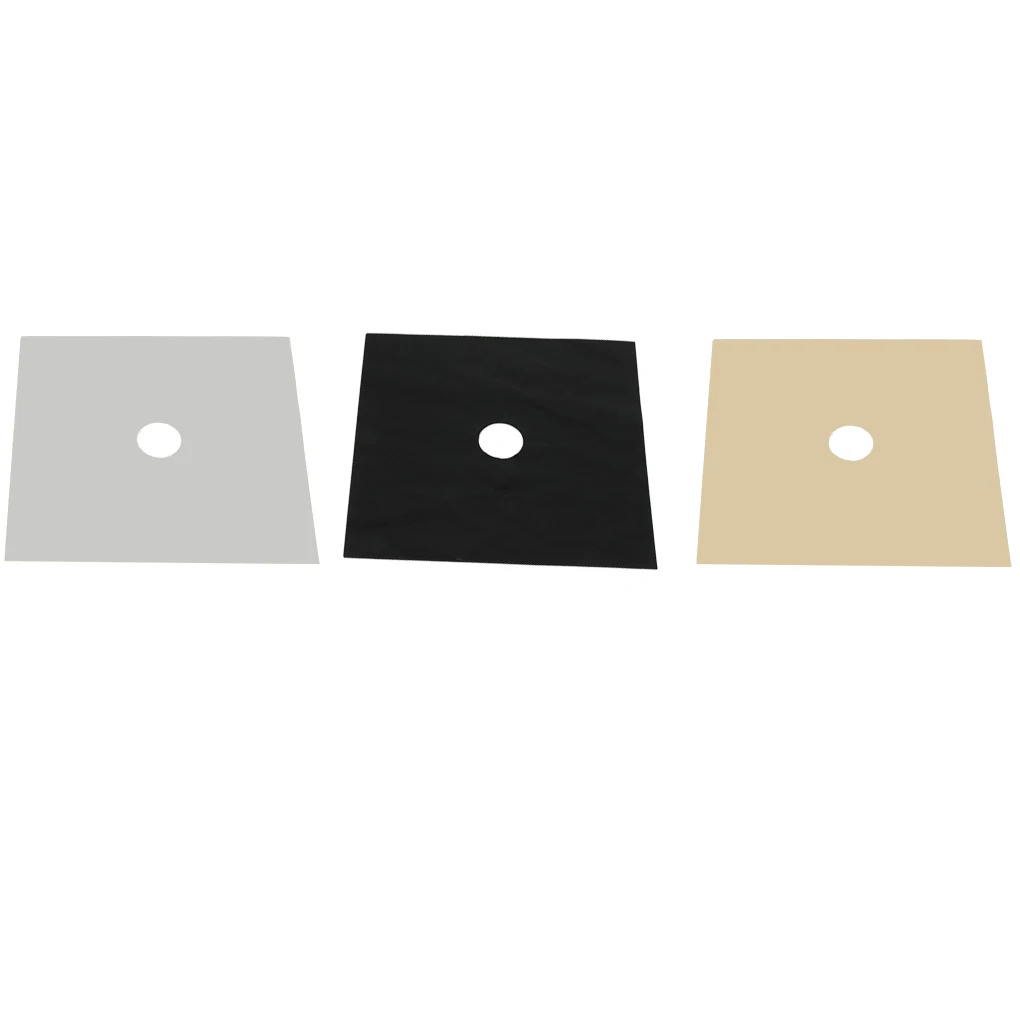



A Type 2 SPD (sometimes called a “panel protector”) wires directly to a dual-pole breaker in your panel, and can protect all the circuits in that panel, as well as any sub-panels that might be connected downstream. It’s called your branch panel because it “branches” the power coming from your service panel out to all the circuits in your house. Type 2: A Type 2 SPD is installed at your “branch panel (more commonly referred to as your breaker panel or load center).This is because your service panel needs to be shut off while it’s being installed. The main drawback of these whole home surge protectors is that the power company has to get involved with installation. Type 1 SPDs are installed on the “line side” of your main service entrance, between the utility pole and your power meter, right where electricity comes into your property. They protect against external power surges, such as those caused by lightning or when your power company switches capacitor banks on your power grid. Type 1: A Type 1 SPD is the first line of defense for power surges from the grid.The Three Types of Whole Home Surge Protectors Look for a product that provides the most protection and features for a price that fits your rental business budget. Last but not least, you should consider the overall value of the SPD. Of course, you will want to know what type of warranty is offered for the whole home surge protector you choose to make sure you will be covered in the future. You can learn all about the different types here. A typical NEMA enclosure might be rated to provide protection against environmental hazards such as water, dust, oil or coolant or atmospheres containing corrosive agents such as acetylene or gasoline. The National Electrical Manufacturers Association (NEMA) enclosure type.If it’s not, then the surge protector isn’t well-suited for your property. For example, if you’re looking at a 120V/240V unit, the L-N MCOV should be at least 138V and the L-L MCOV should be at least 276V. The higher the MCOV, the better, and it should never be lower than 115% of the system’s nominal voltage for both Line to Neutral and Line to Line. The MCOV is probably the most important factor to consider when evaluating a whole home surge protector for your rental. The Maximum Continuous Operating Voltage (MCOV).When comparing VPRs, remember that the lower the rating, the better. The VPR represents how much voltage is still let through to your property’s equipment after the surge protector has done its job. Check to see what the VPR is for each mode of protection. It’s important that the whole home surge protector you choose is certified under the UL 1449 3rd Edition and listed as a Transient Voltage Surge Suppressor (TVSS) on the equipment label. Whether or not the SPD is UL Certified.Chances are your property is not going to see large spikes of 50kA to 100kA. A home with standard 120-volt service can be adequately protected with an 80kA-rated surge protector. Larger appliances may need 240 volts of power outlets for these machines tend to be configured differently to accommodate them. Devices that require 110 volts can still be plugged into 120-volt power outlets. Most outlets are “duplex” receptacles, with two places to plug in electrical devices. They have two parallel rectangular slots and a round hole for the ground wire. These have been in use since the early 1950s and are the standard outlets for residences in North America. Most homes in the United States are equipped with basic 120-volt power outlets. When deciding on the right whole home surge protector for your rental property, consider the following factors:
#Inexpensive home protector how to
How to Choose a Whole Home Surge Protector


 0 kommentar(er)
0 kommentar(er)
